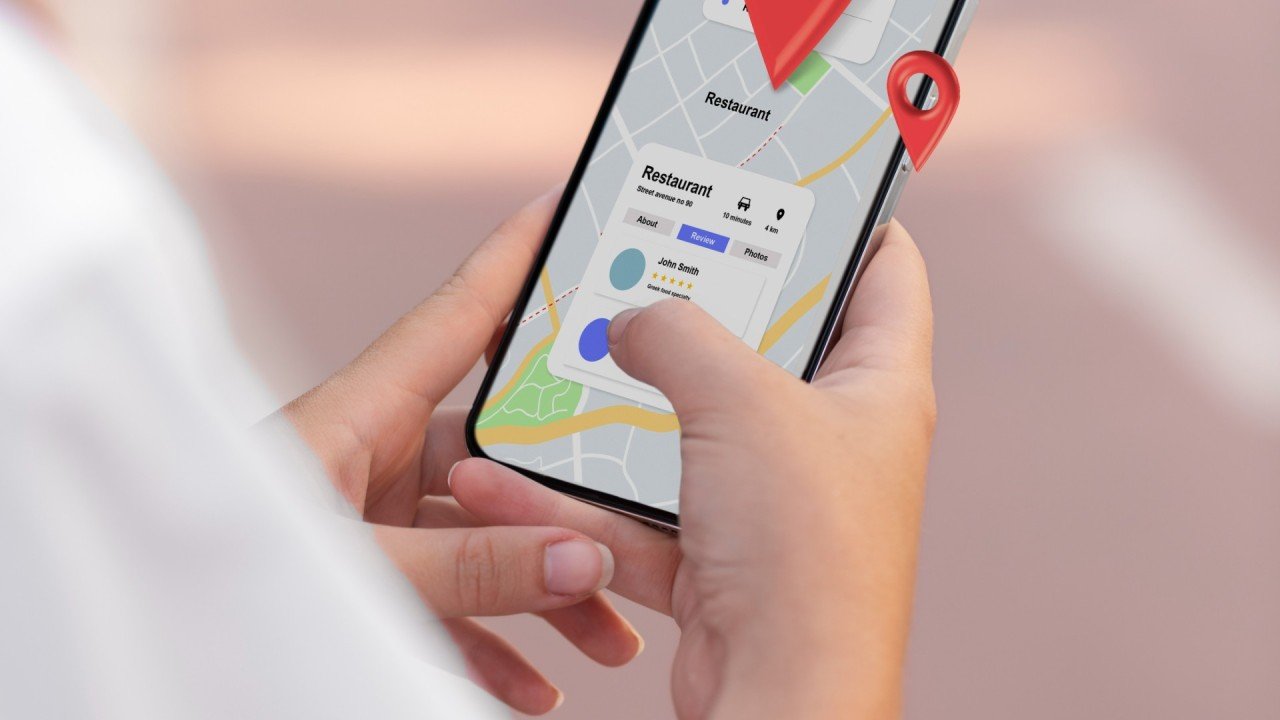We live in a world where timing and context are everything. Whether delivering a product, responding to an emergency, or engaging a customer, knowing the exact location—in real time—can make all the difference. That’s where Location-Based Services (LBS) and Real-Time Location Systems (RTLS) come in.
These technologies are rapidly becoming mission-critical tools for modern business operations. They’re not just about knowing where things are—they’re about turning that knowledge into smarter, faster decisions.
The Market is Booming
The global market for LBS and RTLS was worth about USD 5.1 billion in 2022. By 2027, it’s projected to more than triple to USD 16.1 billion. That 25.6% annual growth rate isn’t just a statistic—it’s a signal that real-time location tech is going mainstream.
Why? Because businesses across the board are waking up to the competitive edge these systems offer: from reducing delays and losses to enhancing customer satisfaction and improving safety.
What Do These Technologies Do?
- LBS (Location-Based Services): Apps that provide navigation, recommend places nearby, or push deals when you walk into a store? That’s LBS in action.
- RTLS (Real-Time Location Systems): These track the exact position of items, people, or vehicles in real time. Warehouses use them to locate pallets. Hospitals use them to track critical equipment.
Why the Surge in Adoption?
- More Devices, More Data: Everyone has a smartphone. Businesses have sensors and wearables. More devices mean more ways to gather location data and use it smartly.
- Faster Networks: 5G and better Wi-Fi mean these systems are more accurate and responsive than ever.
- Operational Transparency: Businesses want real-time insight into what’s happening and where. RTLS gives them that.
- Smarter Cities: Cities are getting connected—from traffic lights to public safety alerts—and they’re using LBS and RTLS to power it all.
A Few Roadblocks
- Privacy Concerns: As tracking becomes more accurate, people get more nervous. Clear policies and strong security are essential.
- Costs: Especially for RTLS, the tech isn’t cheap. But as adoption spreads, economies of scale are helping.
- Integration Pains: Old systems don’t always play nice with new ones. That’s where good APIs and planning come in.
Who’s Using It—and How
- Healthcare: Hospitals use RTLS to monitor patients, staff, and equipment. It’s saving lives and cutting costs.
- Retail: LBS powers personalized promotions, helps manage foot traffic, and makes checkout lines move faster.
- Manufacturing: Real-time tracking in factories improves efficiency and safety.
- Transportation: From delivery fleets to ride-sharing, knowing exactly where everything is makes all the difference.
Global Growth Snapshot
- North America is leading the charge, thanks to a strong tech foundation.
- Asia-Pacific is growing fastest, with government support and massive urbanization.
- Europe is focused on secure, privacy-compliant deployments.
The Future is Predictive
Soon, LBS and RTLS won’t just tell you where something is. They’ll predict where it will be and what you should do next. Think AI-driven logistics, autonomous vehicles, or smart buildings that respond to your presence.
Final Takeaway
If your organization isn’t yet exploring LBS and RTLS, it’s time to start. These systems are no longer optional—they’re operational essentials in today’s location-aware economy. Act now, and you’ll position your business for faster, smarter, and more secure growth in the years ahead.

